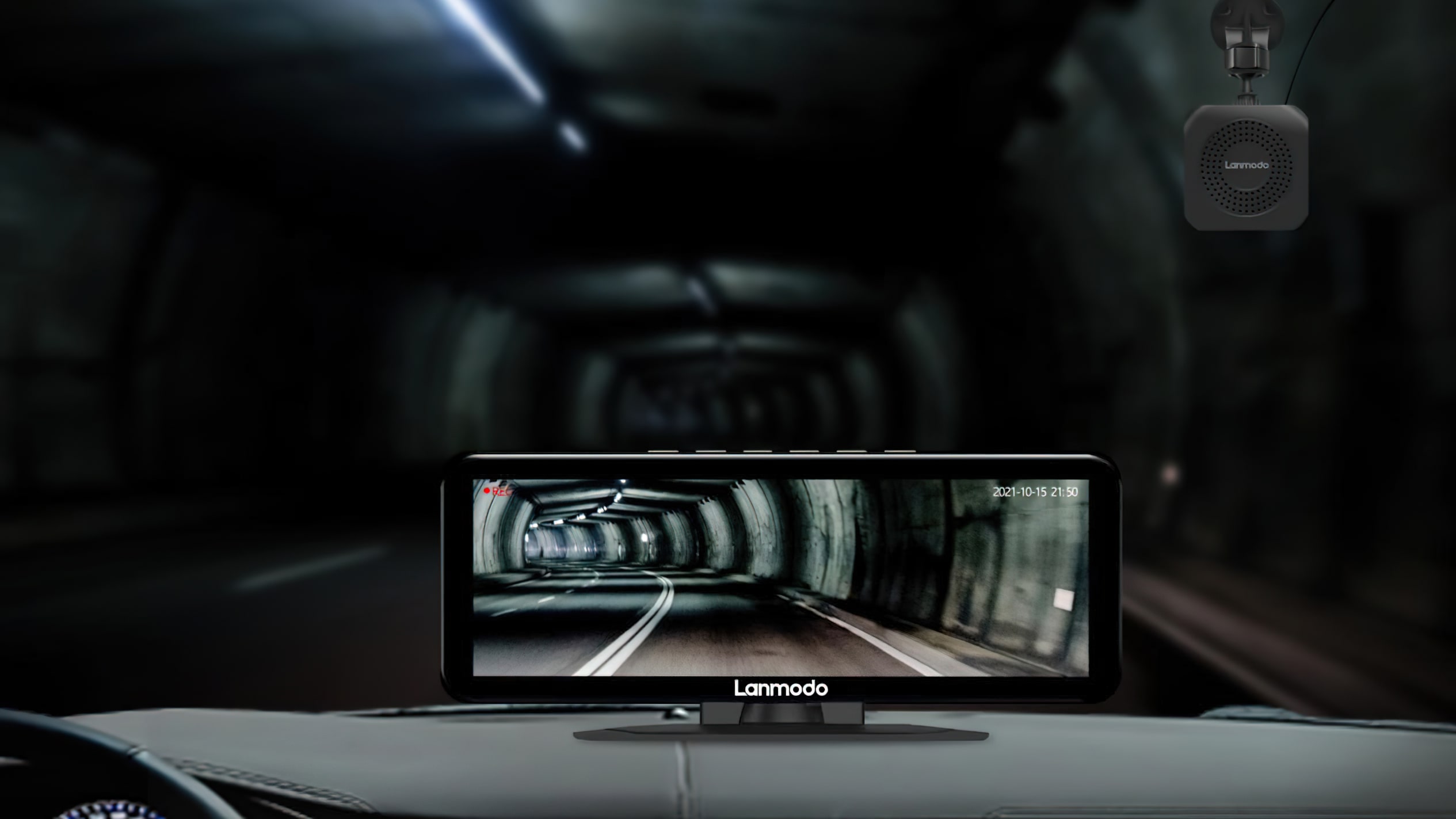Anthem doesn’t technically come out till February 22, however those that pre-ordered the game have been leaping round Bioware’s futuristic Iron Man fantasy since Friday – or no less than a few of them have, as lots of people haven’t been in a position to get previous the game’s interminably lengthy loading screens. Indeed, generally the game takes so lengthy to load that you just’re too far behind the remainder of your social gathering and are then booted into yet one more loading display screen so you may catch them up. It’s an infinite cycle of ready and irritated foot-tapping, and it’s left lots of people a bit miffed, to say the least.
At least Bioware are conscious of the issue, with lead producer Mike Gamble acknowledging on Twitter that HDDs spinning at 5400rpm and 7200rpm are struggling notably badly, and that there’s a Day One patch coming that can hopefully repair it. In the imply time, a number of different would-be Freelancers have discovered solace in transferring the game to their SSD, so I believed I’d do a little bit of testing to see how a lot time you’re truly saving within the course of. If you’ve ever needed to see what Anthem’s loading instances appear to be on an HDD, SSD and an NVMe SSD, learn on.
Before we get began, right here’s a fast rundown of the storage drives I’ve been utilizing for this check:
- HDD: WD Blue (1TB, 7200rpm)
- SSD: Samsung 850 Evo (120GB)
- NVMe: WD Black 3D (1TB)
In every case, they’re pretty first rate mid-range drives, however none of them are notably high of the road. The 850 Evo, for instance, was an excellent mid-range SSD a few years in the past, that has since been changed by our present best gaming SSD champ, the Samsung 860 Evo, and my NVMe drive additionally since been succeeded by the quicker WD Black SN750. There will likely be loads of individuals with worse or slower drives, after all, which can have an effect on the type of outcomes you may get by yourself PC, however hopefully this will likely be pretty consultant of what a typical mid-range PC may need inside it.
For every drive, I timed how lengthy it took to seek for a server after hitting ‘Continue’ from the title display screen, how lengthy it took to get into an expedition, and the way lengthy it took to get again from an expedition into Fort Tarsis once more – which our Alice squad (particularly B and L) has reported are the principle choking factors throughout their way more intensive playthroughs.
On my WD Blue HDD, the outcomes aren’t fairly. Often taking between 1m and 1m 10s to seek for a server, it then took between 1m 15s to 1m 30s to get out into an expedition. Add on one other 50-55 seconds to get again into Fort Tarsis when you’re performed and that’s quite a lot of ready round.
My 850 Evo, in the meantime, took round 41-47 seconds to connect with a server, and between 33-38 seconds to get out into an expedition. That’s round 60% faster than a HDD! Unfortunately, I wasn’t in a position to document a return time as a result of Anthem’s ongoing connectivity points. BUT! I did handle to get my NVMe outcomes performed earlier than that occurred, so right here’s the best possible case state of affairs you may have the ability to count on.
Turning to my WD Black 3D NVMe SSD, then, this took simply 20-25 seconds to seek for a server, and between 30-36 seconds to get happening an expedition, placing it across the identical type of time as my 850 Evo, if not a fraction quicker. As for returning to Fort Tarsis as soon as all of the EXP screens have completed their enterprise, this took simply 15-20 seconds, reducing down these loading instances by an enormous 63-70%.
That’s fairly the leap, all issues thought of, so fingers crossed Bioware handle to enhance it in time for its correct public launch on Friday. I’ll replace this text with the remainder of my SSD instances as soon as I can truly get again into the game and full a mission (and once more as soon as we’ve had Bioware’s Day One patch to see whether or not they’ve improved or not), however for now, anybody who does have an SSD of their PC might effectively need to take into consideration shuffling their information spherical a bit so that they’re not left hanging round as a lot.


